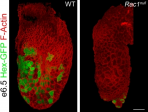 00:29:00
00:29:00
The Lability of the Differentiated State
Many classical studies have shown that cell fates become progressively restricted during development and that this restriction is typically irreversible. This has led to the dogma of the Stability of the Differentiated State: cells cannot typically ....
More details | Watch now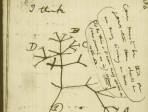 00:35:00
00:35:00
Updated Notions on Darwinian Evolution
Charles Darwin had based his theory of biological evolution on the observation that phenotypic variants of a given species can sometimes over-grow their parental population, and he attributed this to selective advantage, i.e., to the impact of natura....
More details | Watch now 00:29:00
00:29:00
Protein Cross Talk in Cell Signaling
The main focus of the talk will be on signaling by tyrosine phosphorylation, which has been directly implicated in the regulation of cell growth, differentiation and transformation. External signals coming in the form of mitogenic hormones and growt....
More details | Watch nowSignals and Signalling Mechanisms in the Central Nervous System
Our brain is a network of about 10^11 neurons, which are connected by synapses. A neuron typically receives input from about 10000 other neurons, which can be either excitatory or inhibitory. The neuron integrates these inputs and generates an 'act....
More details | Watch nowInfections in the Etiology of Human Cancers
During the past century a number of chemical and physical risk factors for human cancers have been identified. Only relatively recently, mainly during the past 30 years, infectious agents have been identified as important human carcinogens. Besides....
More details | Watch now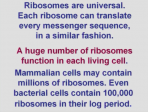 00:41:00
00:41:00
Climbing the Everest Beyond the Everest
The challenges associated with pursuing ribosomal crystallography can be described as a series of Everest climbing. At each step, when reaching the summit, a taller and more difficult one became exposed. Snapshots of this story will be described.__....
More details | Watch nowTelomeres and Telomerase in Human Health and Disease
Telomeres are the protective tips that stabilize the ends of chromosomes. The function of telomeres is to allow cells to divide while holding the genetic material intact. Telomeres contain specialized, simple repetitive DNA sequences that, together....
More details | Watch now 00:59:00
00:59:00
Everest, the first ascent: the untold story of the man who made it possible
The conquest of Everest by a British team in 1953 has always been celebrated as a triumph of heroic leadership, team work and courageous climbing, but the vital role that scientific innovation played in the success of the expedition has never been wi....
More details | Watch now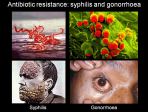 01:02:00
01:02:00
Winning and losing the fight against infectious diseases
Human infectious diseases will be eliminated and replaced by chronic ÒlifestyleÓ diseases as fertility falls, life expectancy increases, and populations grow older and wealthier. This is the standard story of the epidemiologic transition, but it is....
More details | Watch now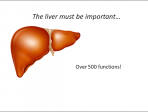 00:29:00
00:29:00
The art of stealth: a virus in my liver
The liver is a vital organ that works like a chemical factory every day to keep you alive. But what exactly does it do and how do viruses exploit it to hide from the immune system? With help from volunteers, Dr Zania Stamataki will demonstrate some....
More details | Watch now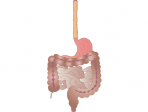 00:44:00
00:44:00
Medical myths and misconceptions
Can a cold land you in hot water? ÊCan you live without your liver? ÊCan you tell medical fact from fiction? WeÕve all been told to eat our crusts, that an apple a day keeps the doctor away and that weÕll catch a cold if we go outside with wet ha....
More details | Watch now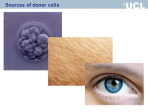 01:29:00
01:29:00
Stem cells: a cure for blindness?
Retinal degeneration is a leading cause of blindness in the western world. Drug treatments currently available only serve to slow the diseaseÕs progress and are not always successful. Rachael Pearson has helped develop a novel therapeutic approach t....
More details | Watch now
